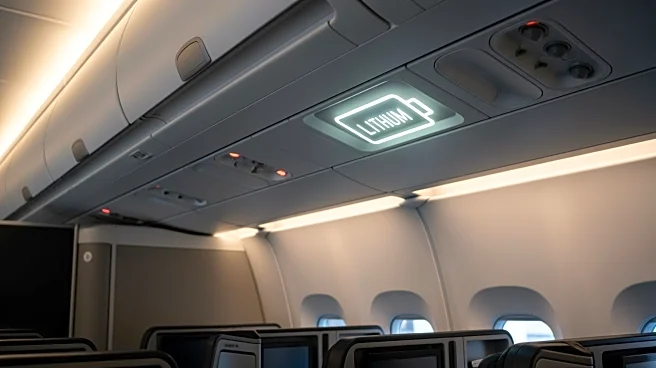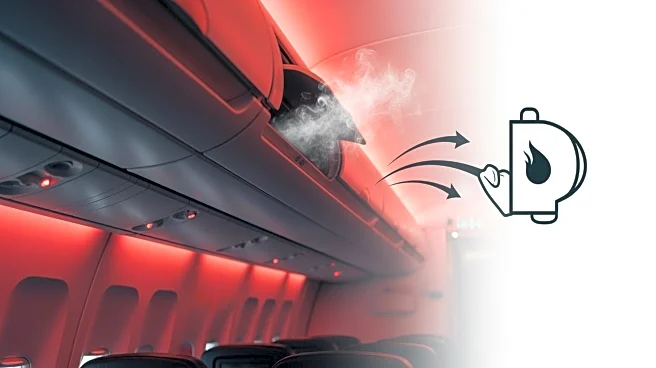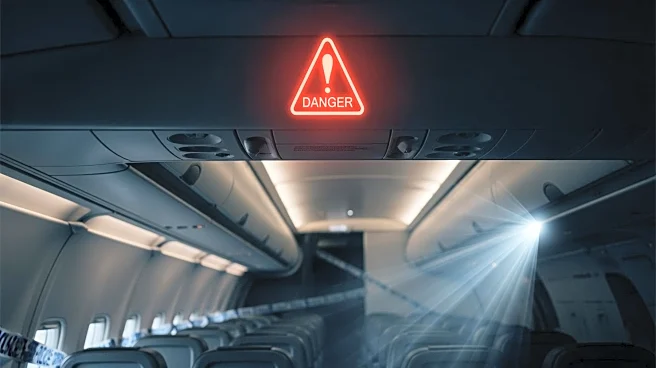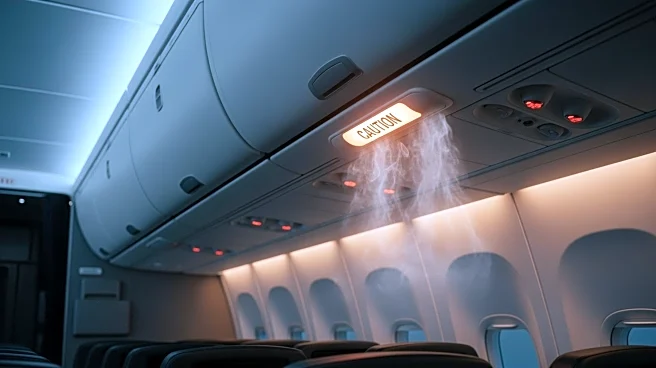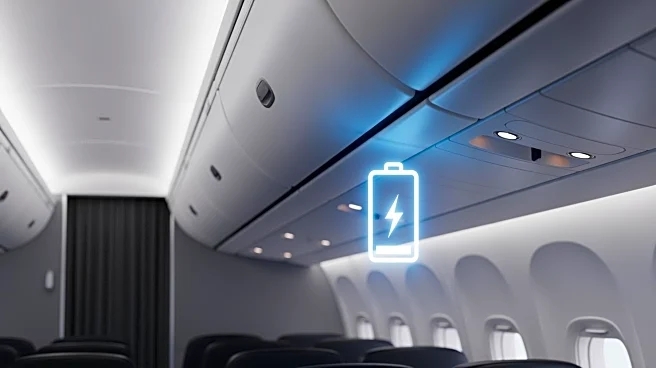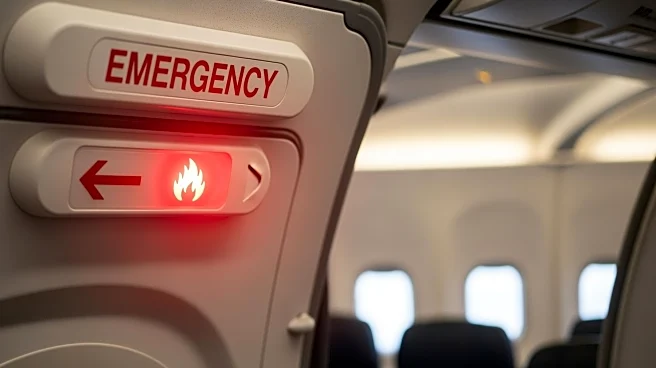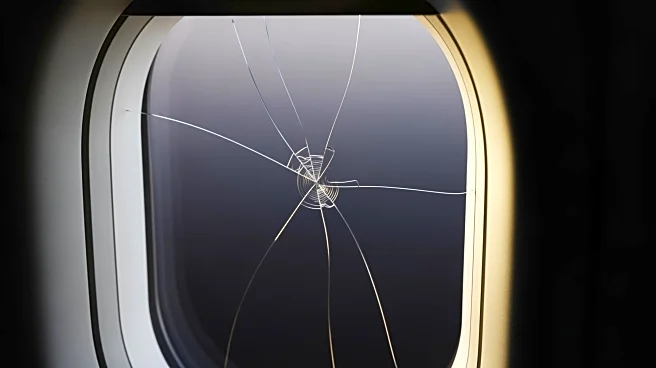What's Happening?
An Air China flight, CA139, was forced to divert to Shanghai after a lithium battery in a passenger's carry-on luggage ignited in the overhead bin. The incident occurred on October 18, 2025, during a flight from
Hangzhou to Seoul Incheon. The aircraft, an Airbus A321, had reached its cruising altitude when the fire broke out, producing significant flames and smoke. The cabin crew successfully contained the fire, and the plane landed safely in Shanghai approximately 1 hour and 18 minutes after departure. Passengers were rebooked on another flight, resulting in a five-hour delay. Air China confirmed that no injuries occurred and praised the crew's handling of the situation.
Why It's Important?
This incident highlights the ongoing risk posed by lithium-ion batteries on aircraft. Such batteries are prone to thermal runaway, which can lead to fires. While airlines have protocols to manage these situations in the cabin, a similar incident in the cargo hold could have catastrophic consequences, as crew members would be unable to address the fire. The increasing frequency of these incidents underscores the need for stringent safety measures and regulations regarding the transport of lithium batteries on flights. Airlines, passengers, and regulatory bodies must remain vigilant to prevent potential disasters.
What's Next?
Airlines may need to review and possibly enhance their safety protocols concerning lithium batteries. This could involve stricter checks at boarding and increased passenger awareness about the risks of carrying such items. Regulatory bodies might also consider revising guidelines to mitigate the risks associated with lithium batteries in both carry-on and checked luggage. The aviation industry will likely continue to monitor these incidents closely to develop more effective preventive measures.
Beyond the Headlines
The incident raises broader questions about the safety of modern electronic devices and their batteries in aviation. As technology advances, the demand for portable power sources increases, potentially leading to more frequent occurrences of such incidents. This situation may prompt discussions about the design and safety standards of consumer electronics, as well as the need for innovation in battery technology to reduce the risk of thermal runaway.
